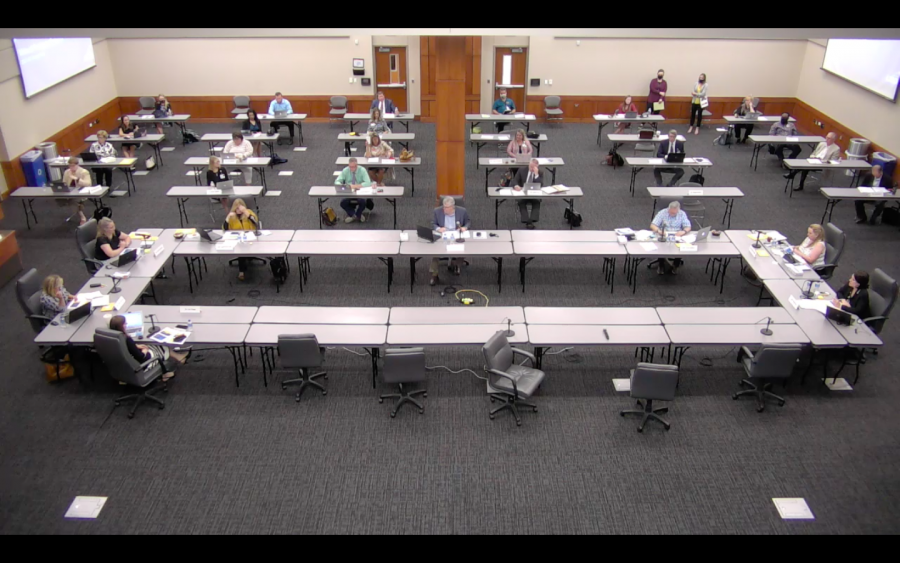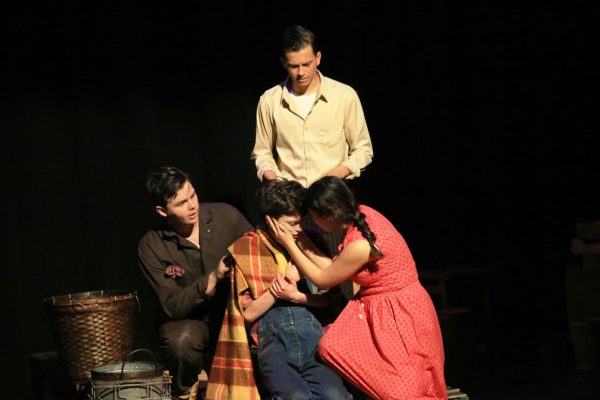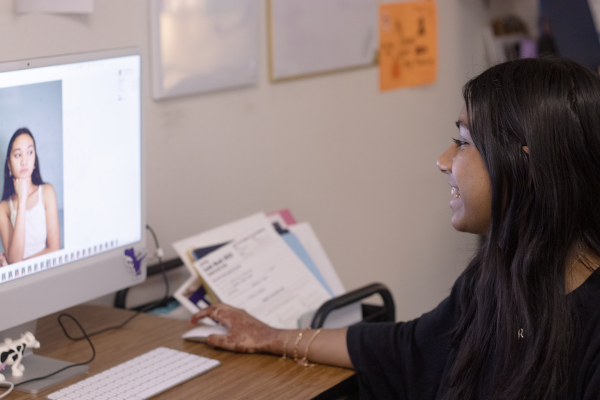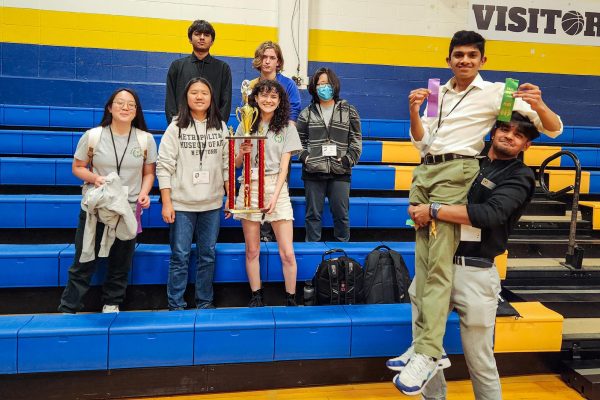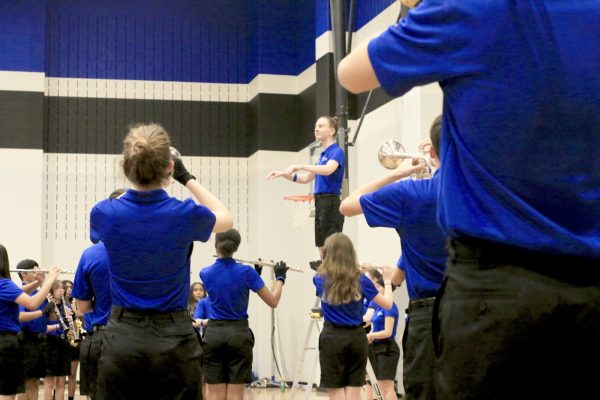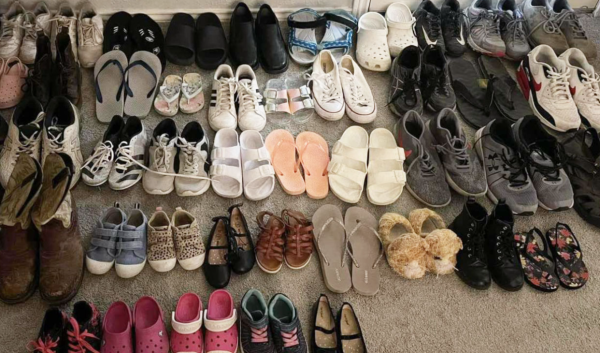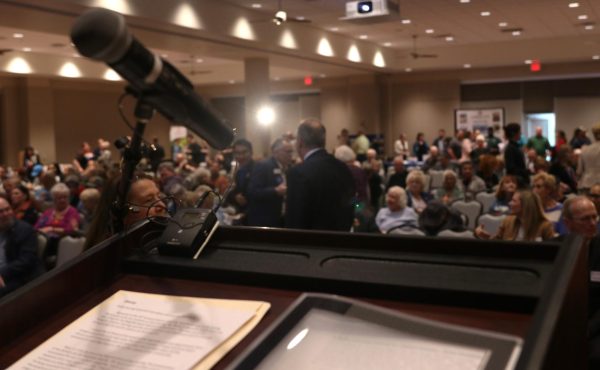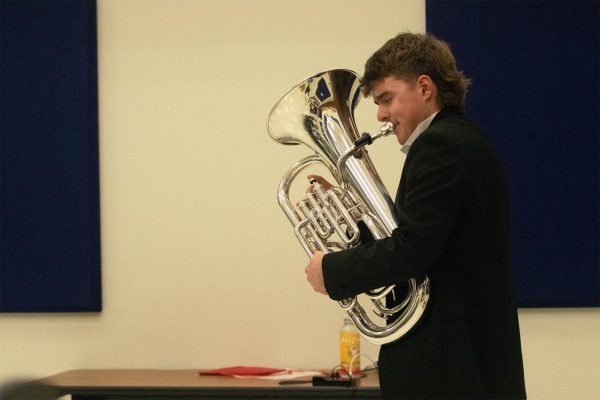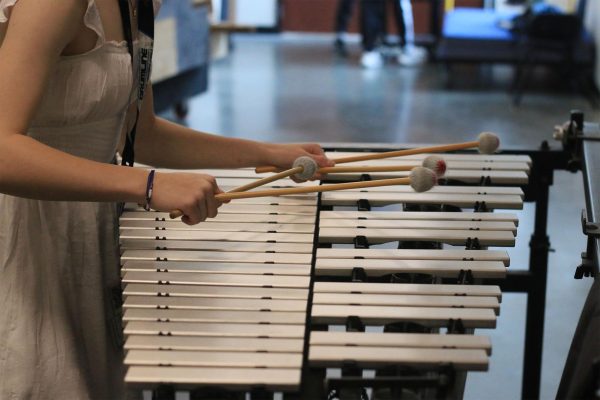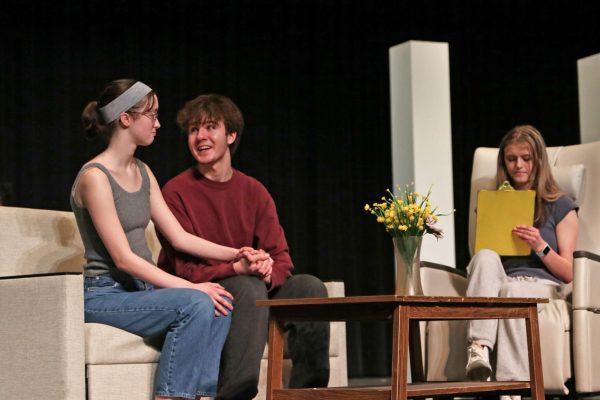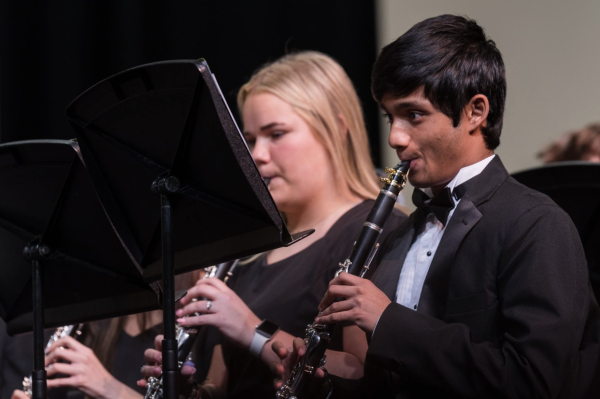School board announces potential virtual learning options for 2021-22 school year
The school board announced potential virtual options for the 2021-22 school year in their May 3 meeting.
Dependent on the passing of two bills in the Texas House and Senate, the school board announced that, by expanding the existing Virtual Learning Academy (VLA) course options, high schools hope to offer both full-time and part-time online programs beginning next school year.
Whether LISD can implement these virtual options is largely dependent on legislation being passed. House Bill 1468 and Senate Bill 27 are the two bills that determine the future of virtual programs in the district.
House Bill 1468 states a school district may establish a local remote learning program to offer synchronous virtual courses outside the state virtual school network under Chapter 30A to eligible students. Eligible students include those enrolled in a Texas public school the preceding year, those enrolled in grades three or above, those that have reasonable access to in-person services for courses at a district or school facility and those that meet any additional requirements established by the school district.
HB 1468 passed the House with two amendments: amendment one adds a sunset date of Sept. 1, 2027 and amendment two allows funding for asynchronous learning in a special-purpose district. It was received in the Senate April 28.
Senate Bill 27 states all current public school students and those entering the public school system are eligible for funding for the first time. Schools have the option to serve in-district and/or outside-district students. This bill also allows for asynchronous and synchronous learning. It reported favorably in the committee on April 23.
The school board mentioned some overarching principles for all levels, including elementary and middle schools. The board said they believe in-person learning is the most appropriate model for the majority of students; however, as they continue to consider health and safety along with how some students are thriving in a virtual model, it is important to continue building a long-term approach for virtual learning at all school levels.
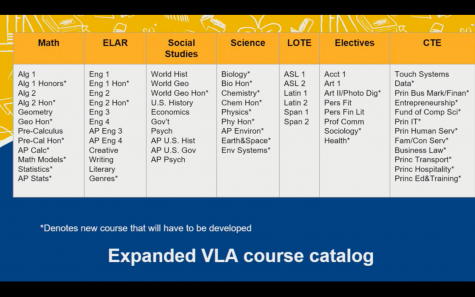 Part-time is a minimum of two courses taken through VLA, with the two taken on campus. LISD will not replicate the whole course catalog virtually, so students will need to take various classes in-person.
Part-time is a minimum of two courses taken through VLA, with the two taken on campus. LISD will not replicate the whole course catalog virtually, so students will need to take various classes in-person.
There will be an application process for all virtual classes. Acceptance into full-time virtual programming will be based on considerations of attendance, grades, discipline, readiness and support for learning in a virtual model, meaning students must meet eligibility requirements set by the district. Future virtual learning models will require some in-person components like assessments, reading groups and science labs. The school board will continue to provide campuses the ability to move students back to in-person learning if they are unsuccessful in the virtual learning approach.
The school board recommends requiring students to be in-person to participate in UIL activities, all performing arts, level II/III/IV visual arts and athletics. The school board said they believe offering virtual options for these activities dilutes the pool of performers for school and district-wide activities. The school board reasons that experiences in these activities are most authentic when in-person.
The presenters said the rationale for full-time/part-time models addresses the safety and security of the campus. This model will limit the number of students loitering; having students on campus for two periods assists with keeping track of attendance and monitoring grades. It also keeps the connection to the campus for part-time students to ensure as many students as possible are anchored to campus life.
This school year, many students chose the virtual learning path for health and safety reasons, but many struggled with self-directed, predominantly asynchronous, learning, so having part-time options can meet those students in the middle.
The school board determined the need for virtual learning in the 2021-22 school year by launching an interest form that was sent to families on March 31 with an April 16 deadline. There were 749 high school responses (approximately 5% of the overall student population). Seven hundred thirty-two of those students are participating in virtual this year. Respondents indicated that if performing arts were only available in-person, 639 would still be interested in virtual. If the courses are limited, 652 would still be interested in virtual.
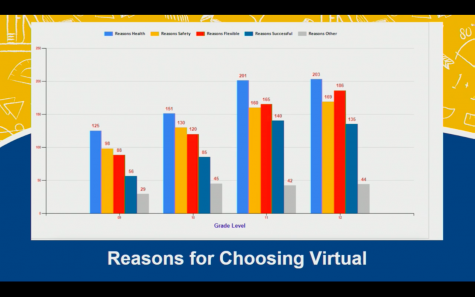
(Photo via LISD)
Through the COVID-19 response model of the 2020-21 school year, the school board said they learned high school students utilized virtual plus as a way to minimize the possibility of being contact traced and quarantined, impacting their ability to participate in sports or performing arts. They were concerned by students coming and going to and from campus with periods of in-person scattered throughout the day. The school board said they believe students utilize the portions of the day not spent at school to get a job and work, which caused less focus on their academic success.
The school board said they believe the majority of students need more in-person periods in the day to help with staying focused on schoolwork, accountability and making a connection to the school spirit.
They said the 2021-22 school year is a transitional year for implementing virtual learning, serving as the bridge between the COVID-19 response model and taking a next step toward building a long-term model for virtual learning at all levels.
Next steps for all levels include launching application forms for all levels. Forms will close prior to May 21. By July 2021, campuses will notify eligible students of their acceptance into the virtual program. Then master schedules/course selections will be revised for students. Then teachers who will be teaching in these virtual programs will be notified; training will then be provided for teachers and training will be developed for parents. Finally, the curriculum will be developed.
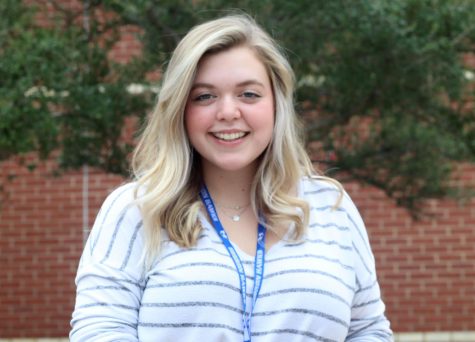
Senior Hailey Dirks is the Managing Editor and this is her second year on staff. In her free time, she loves reading, listening to music, painting and...



